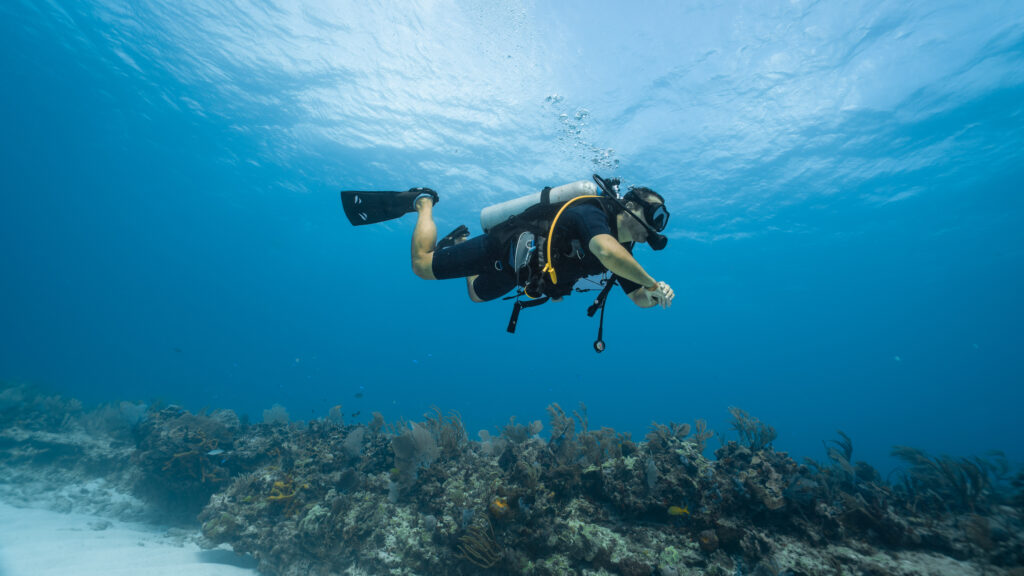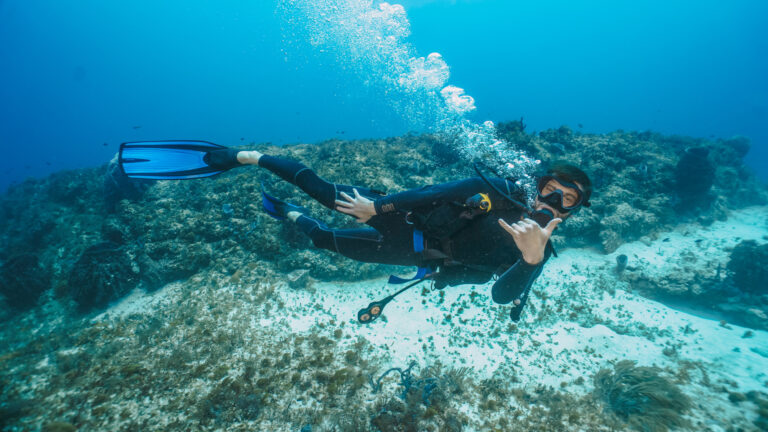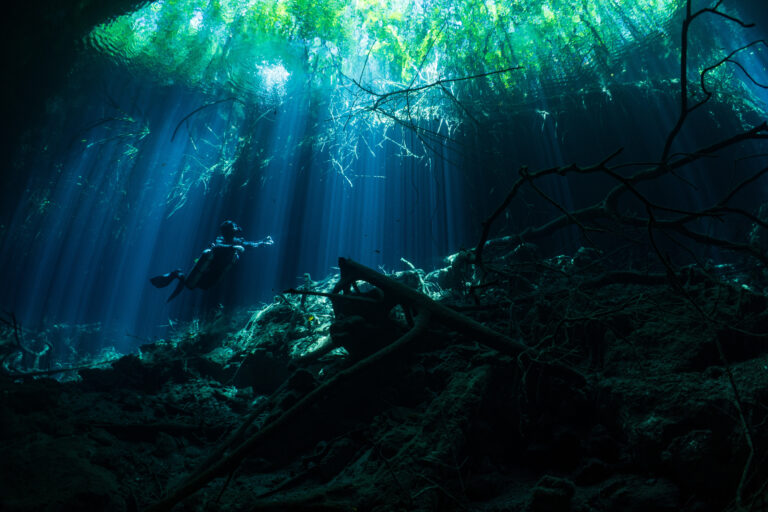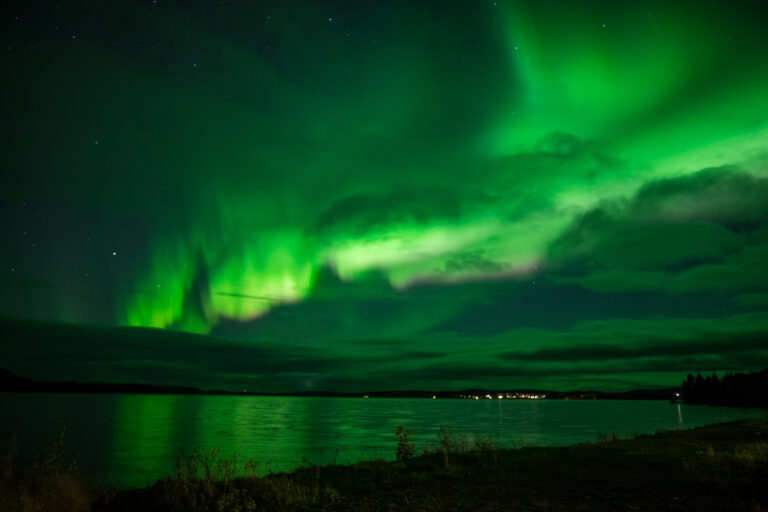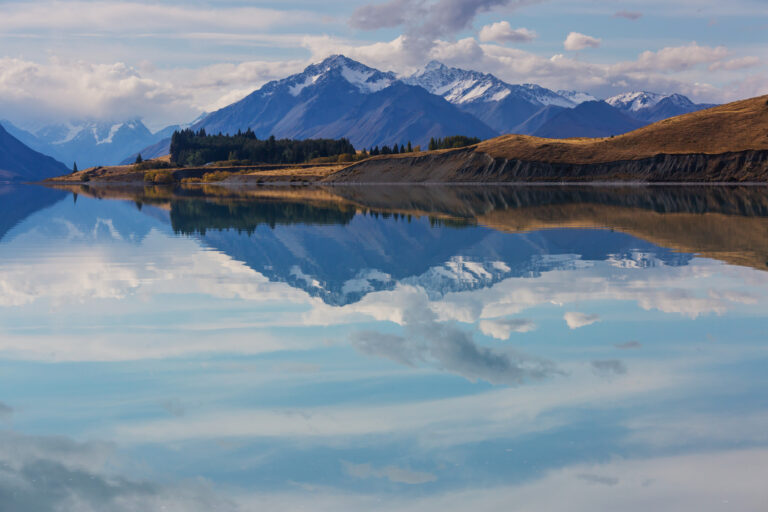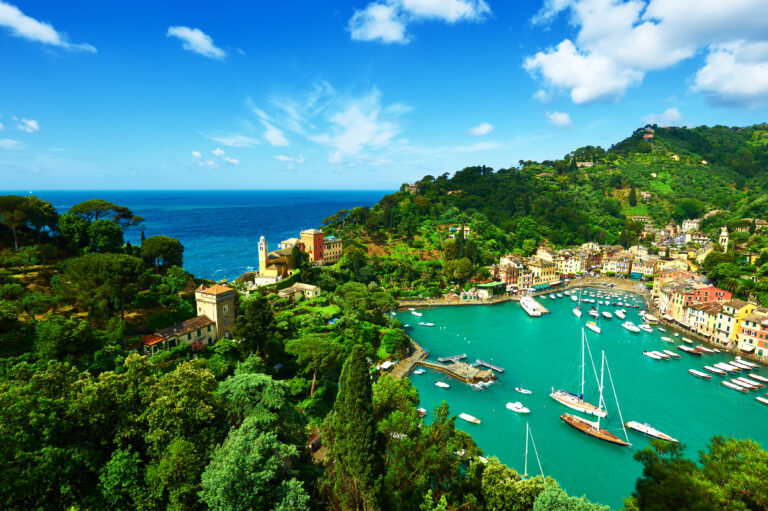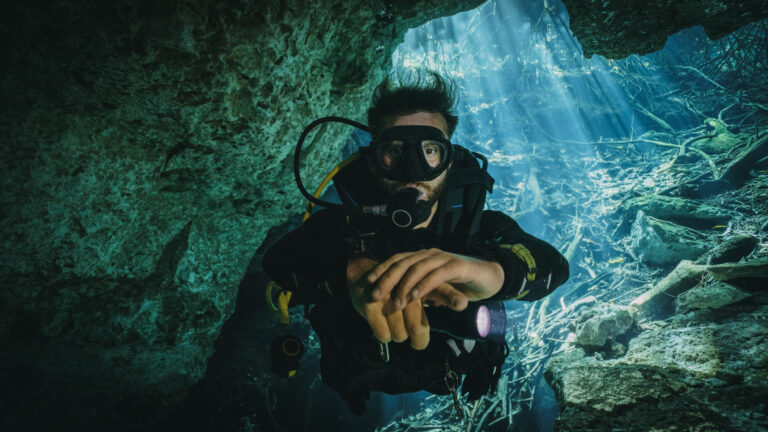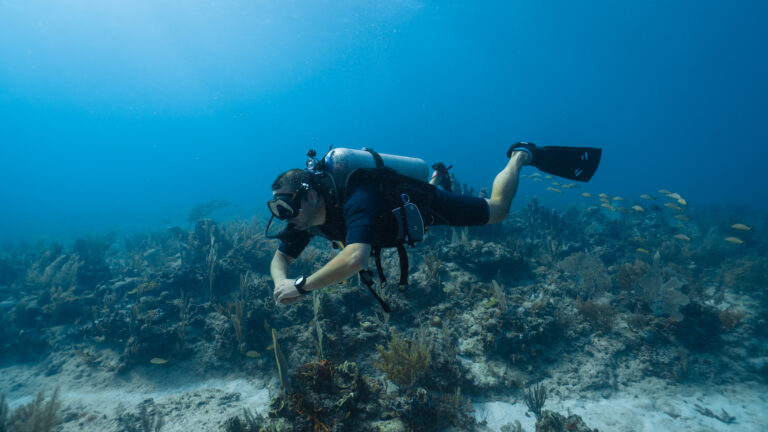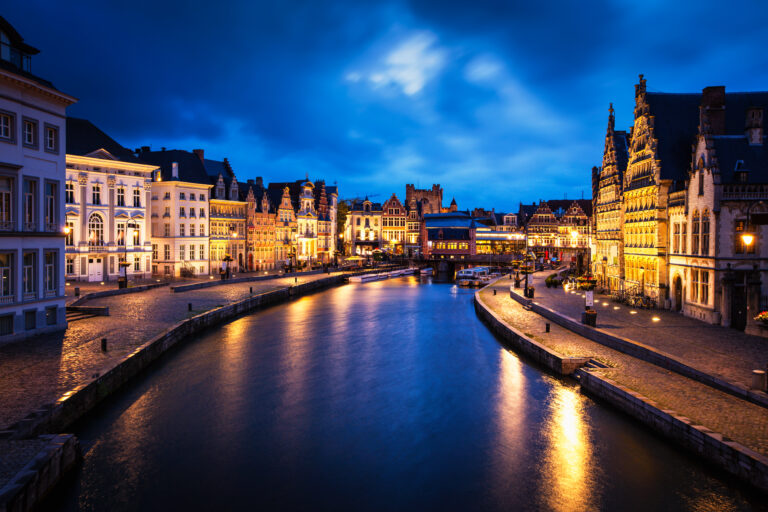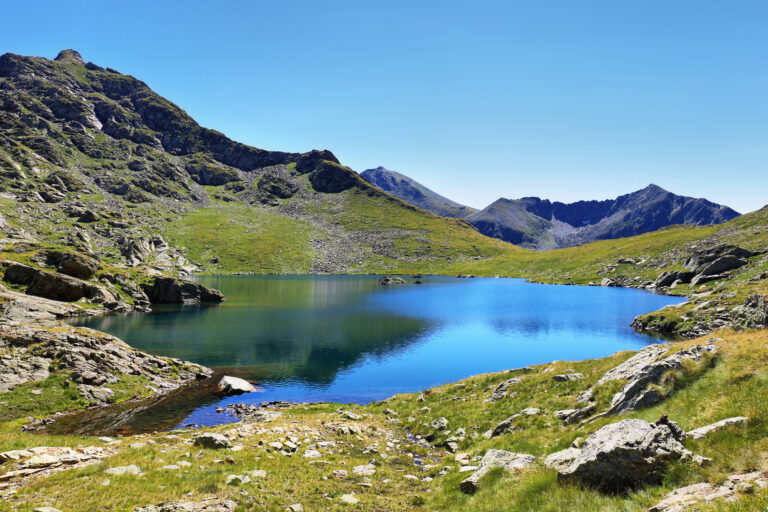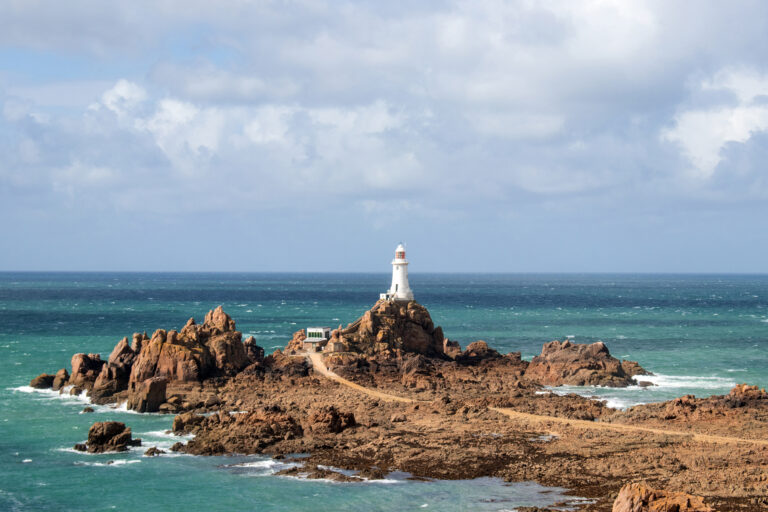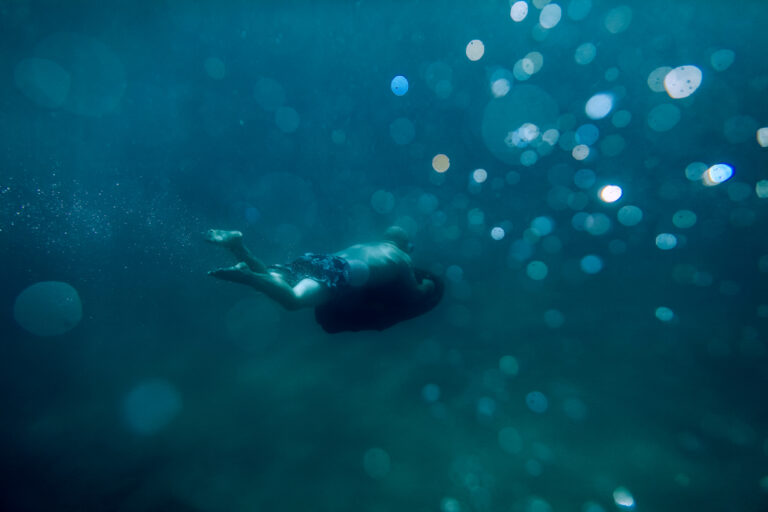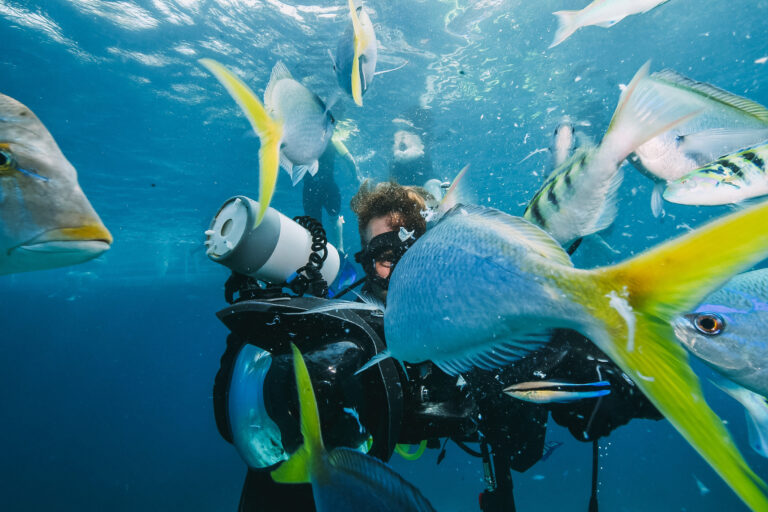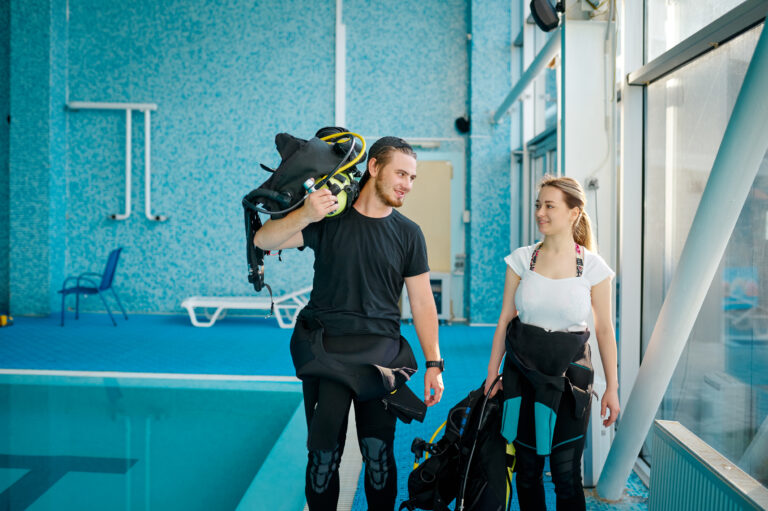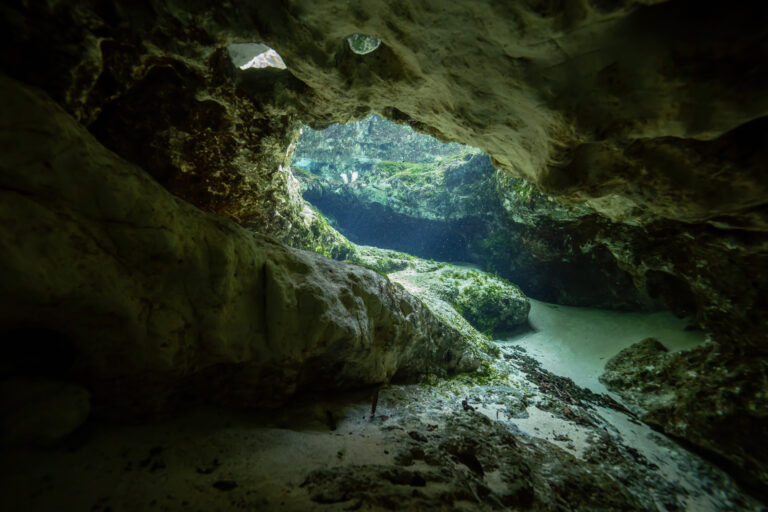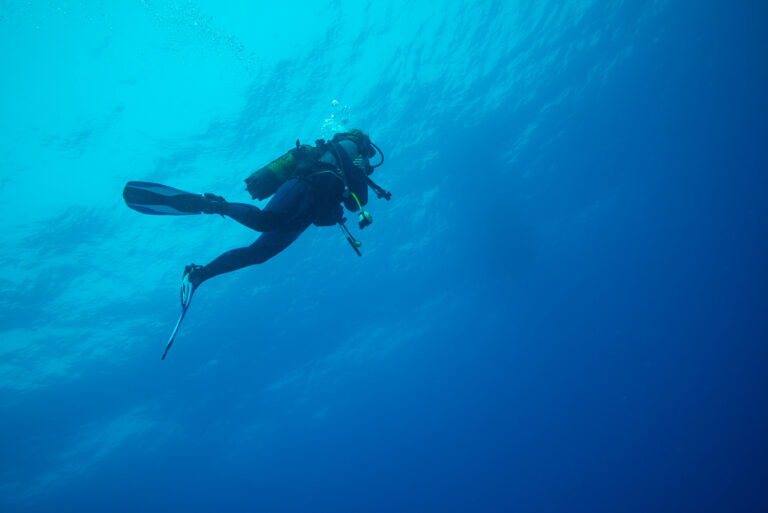Scuba Divers’ Travel Guide to Tokelau
Tokelau, a group of atolls in the South Pacific, offers scuba divers a unique and intimate underwater experience. The clear, warm waters are home to vibrant coral reefs and a variety of marine life. Tokelau’s remote location ensures that the dive sites remain pristine and relatively undiscovered. The islands’ diverse underwater landscapes, including coral gardens and drop-offs, provide a range of diving experiences. For scuba travelers seeking a serene and unspoiled diving destination, Tokelau offers a captivating and unforgettable adventure.
Location and Geography
Tokelau, an enchanting trio of atolls located in the South Pacific Ocean, lies approximately halfway between Hawaii and New Zealand, and is a territory of New Zealand. Comprising Atafu, Nukunonu, and Fakaofo, these remote atolls are accessible primarily by boat, with the closest airport situated in Samoa, about a day’s journey away. The atolls themselves are formed from coral reefs, creating a stunning underwater landscape that is relatively untouched due to the islands’ isolation and low population. The surrounding waters are crystal clear, offering visibility that can exceed 30 meters, making it an ideal location for scuba divers seeking pristine conditions. The geography of Tokelau’s seabed is characterized by vibrant coral gardens, steep drop-offs, and an abundance of marine life, providing a unique and intimate diving experience far removed from the crowded dive sites found elsewhere in the world.
Visa and Entry Requirements
Before planning your scuba diving adventure to Tokelau, it is essential to understand the visa and entry requirements for this remote group of atolls in the South Pacific. Tokelau is a non-self-governing territory of New Zealand, and as such, the visa policy is largely aligned with New Zealand’s regulations. Visitors typically must obtain a New Zealand visa and then seek permission from the Tokelau Apia Liaison Office in Apia, Samoa, as there are no airports in Tokelau and entry is usually by charter boat from Samoa. It is important to note that the permission to enter Tokelau is separate from the New Zealand visa and is mandatory. Travelers must ensure their passports are valid for at least six months beyond their intended stay, and it is advisable to arrange the entry permit well in advance due to the infrequent transportation options. As entry requirements can change, it is crucial to check the latest information from the New Zealand Immigration Service and the Tokelau Apia Liaison Office before booking your trip.
Getting to Tokelau
Getting to Tokelau for a scuba diving adventure requires some planning, as this small group of atolls in the South Pacific is one of the most remote destinations in the world. There are no airports on Tokelau, so the primary way to reach these pristine waters is by first flying to Samoa, which has connections to major cities like Auckland, Sydney, and Honolulu. From Samoa’s capital, Apia, travelers must then embark on a 24 to 48-hour boat journey aboard the MV Mataliki, a passenger/cargo ship that typically sails to Tokelau once every two weeks. This voyage is not only a means of transport but also an integral part of the Tokelauan experience, offering breathtaking views of the Pacific Ocean and a unique opportunity to disconnect and prepare for the untouched beauty and exceptional underwater clarity that awaits in the diving sites of Tokelau. It’s essential to coordinate your travel plans with the Tokelau Apia Liaison Office, as the boat schedule can be subject to change due to weather conditions or logistical needs.
Best Time to Dive
Getting to Tokelau for a scuba diving adventure requires some planning, as this small group of atolls in the South Pacific is one of the most remote destinations in the world. There are no airports on Tokelau, so the primary way to reach these pristine waters is by first flying to Samoa, which has connections to major cities like Auckland, Sydney, and Honolulu. From Samoa’s capital, Apia, travelers must then embark on a 24 to 48-hour boat journey aboard the MV Mataliki, a passenger/cargo ship that typically sails to Tokelau once every two weeks. This voyage is not only a means of transport but also an integral part of the Tokelauan experience, offering breathtaking views of the Pacific Ocean and a unique opportunity to disconnect and prepare for the untouched beauty and exceptional underwater clarity that awaits in the diving sites of Tokelau. It’s essential to coordinate your travel plans with the Tokelau Apia Liaison Office, as the boat schedule can be subject to change due to weather conditions or logistical needs.
Accommodation Options
Accommodation options in Tokelau, a remote group of atolls in the South Pacific, are limited but offer a unique opportunity to immerse oneself in the local Polynesian culture. As a territory of New Zealand, Tokelau is accessible primarily by boat, and visitors will find a small selection of guesthouses and homestays on its three atolls: Atafu, Nukunonu, and Fakaofo. These modest lodgings provide basic amenities, allowing divers to focus on the pristine underwater experiences awaiting them. While there are no luxury resorts or dive-centric hotels, the warm hospitality of the Tokelauan people ensures a comfortable and authentic stay. Visitors are encouraged to plan ahead and coordinate with local contacts, as the limited number of accommodations requires advance booking, especially during peak diving seasons. With the clear, warm waters of the South Pacific at your doorstep, staying in Tokelau offers a tranquil retreat for those looking to escape the bustle of more commercial dive destinations.
Dive Operators and Dive Shops
Tokelau, a remote group of atolls in the South Pacific, offers a unique diving experience for those willing to venture off the beaten path. Due to its isolated location and the small local population, dive operators and shops in Tokelau are limited and may not offer the same amenities as more established dive destinations. However, what they lack in quantity, they make up for in personalized service and intimate knowledge of the local marine environment. Divers should plan ahead and coordinate with the few local operators available, often based in the atolls of Fakaofo, Nukunonu, and Atafu, to ensure access to necessary equipment and guided dive opportunities. These operators typically offer excursions to pristine reefs, where divers can encounter an abundance of marine life with minimal human impact. It’s essential to verify the availability of services and to book in advance, as the infrequency of transport to the islands can affect the scheduling and availability of diving activities. With careful planning, diving in Tokelau can be a truly exclusive and unforgettable experience, showcasing the untouched beauty of the Pacific Ocean.
Transportation within Tokelau
Transportation within Tokelau, a remote group of atolls in the South Pacific, is an experience in itself, reflecting the simplicity and isolation of this Polynesian territory. There are no airports on any of the three atolls—Atafu, Nukunonu, and Fakaofo—so the primary way to move between them is by boat. The MV Tokelau, a government-operated cargo/passenger ship, is the lifeline of the islands, providing regular service from Samoa, which is the main entry point for international travelers. Once on the atolls, travel is limited to walking, bicycling, or using small motorboats, as there are few, if any, cars. These boats are essential for scuba divers looking to explore different dive sites around the atolls. The simplicity of transportation in Tokelau adds to the charm and adventure of diving in this pristine and relatively untouched part of the world, where the journey is as much a part of the experience as the destination itself.
Currency and Payment Methods
As a remote destination, Tokelau’s currency and payment methods are limited, so it’s essential for scuba divers to plan accordingly. The New Zealand Dollar (NZD) is the official currency used across Tokelau’s three atolls, and due to the islands’ small economy and isolation, cash is king. Credit card facilities are virtually non-existent, and there are no ATMs on the islands, so divers should ensure they carry enough cash for the duration of their stay. It’s advisable to exchange currency before arrival, as opportunities to do so on the islands are scarce. For any transactions, whether it’s paying for accommodation, diving services, or local handicrafts, visitors should be prepared to use cash. Additionally, small denominations are preferred, as making change for large bills can often be a challenge for local vendors and service providers.
Language and Communication
When planning a scuba diving trip to Tokelau, it’s important to consider the language and communication nuances of this small Polynesian territory. Tokelauan and English are the official languages, with the former being widely spoken among the local population. While English may be used in official settings and by those involved in the tourism industry, it’s not universally spoken, so learning a few basic phrases in Tokelauan can greatly enhance your interaction with the local community and show respect for their culture. Communication with dive operators and guides is typically conducted in English, but be prepared for potential variations in dialect or accent. It’s also worth noting that, due to Tokelau’s remote location and small size, the internet and mobile services can be limited, so arranging dive schedules and bookings in advance is advisable. In case of emergencies, ensure you know the local protocols and have access to the necessary communication channels, such as satellite phones provided by dive operators.
Local Culture and Attractions
Tokelau, a remote group of atolls in the South Pacific, offers a unique cultural experience that is as tranquil and untouched as its underwater wonders. With a population of around 1,500 people, the local culture is a tapestry of Polynesian traditions, where community and family ties are strong, and life moves to the gentle rhythm of the sea. Visitors can immerse themselves in the Tokelauan way of life by participating in village activities, savoring traditional cuisine such as coconut-infused dishes and freshly caught seafood, or joining in the vibrant dances and songs that are an integral part of local festivities. Above the waterline, the atolls boast pristine beaches and lagoons, perfect for relaxation and reflection after a day of diving. Although Tokelau may not have the commercial attractions of larger destinations, its cultural authenticity and the warm hospitality of its people make it a hidden gem for those looking to connect with the heart of Polynesia amidst some of the most beautiful diving spots on the planet.
Cultural Etiquette and Tips
When planning a scuba diving trip to Tokelau, a respectful understanding of local customs and etiquette is essential to ensure a harmonious experience. As a small, remote group of atolls with a strong Polynesian culture, Tokelauans are known for their hospitality and communal way of life, but visitors should be mindful of local traditions. Always ask for permission before taking photographs of people or entering villages, as privacy and respect are highly valued. Dress modestly when not diving, especially when visiting village areas, to honor local sensibilities. It’s also important to be environmentally conscious, as the Tokelauan community is deeply connected to the ocean and reliant on its resources; avoid touching or disturbing marine life and coral formations. When interacting with locals, a friendly and polite demeanor goes a long way—greet people with a warm “Malo ni” (hello) and express gratitude with “Fakafetai” (thank you). By showing respect for Tokelau’s culture and traditions, divers will not only enrich their own experience but also contribute positively to the island’s preservation and the well-being of its welcoming inhabitants.
Local Laws and Regulations Relevant to Tourists
Before embarking on a scuba diving adventure in the pristine waters of Tokelau, it is crucial for tourists to familiarize themselves with local laws and regulations to ensure a safe and lawful experience. As a territory of New Zealand, Tokelau adheres to strict environmental protection laws that aim to preserve its unique marine ecosystems. Divers must obtain a permit from the local village council (Taupulega) before exploring underwater sites, and it is mandatory to dive with a certified local guide who is knowledgeable about the protected areas and cultural norms. Collecting coral, shells, or any marine life is strictly prohibited to maintain biodiversity. Additionally, spearfishing is not allowed without explicit permission from local authorities, and fishing regulations must be strictly followed. Tourists should also be aware that Tokelau is a conservative community, and respectful behavior on land, including modest dress and adherence to village customs, is expected. By respecting these regulations, divers can help ensure that the natural beauty of Tokelau’s waters remains unspoiled for future generations.
Safety Tips and Emergency Contacts
When planning a scuba diving trip to the remote atolls of Tokelau, safety should be your paramount concern due to the area’s isolation. Ensure that you are well-trained and dive within your certification limits, as the nearest decompression chamber is not readily accessible. Always dive with a buddy and carry a surface marker buoy to increase visibility. It is crucial to have a comprehensive dive insurance that covers medical evacuation, given the distance to advanced medical facilities. Before embarking on your underwater adventure, familiarize yourself with the local emergency procedures and have the contact information for the Tokelau Health Department (+690 2111), which can coordinate emergency responses. Additionally, keep the contact details of the New Zealand High Commission in Samoa (+685 21 711), as Tokelau is a territory of New Zealand, and they can assist in emergencies. Remember to check your equipment meticulously before each dive, stay hydrated, avoid alcohol before diving, and always adhere to safe ascent rates to prevent decompression sickness.
Health and Travel Insurance
When planning a scuba diving trip to the remote atolls of Tokelau, it is crucial to secure comprehensive health and travel insurance that includes coverage for scuba diving activities. Given Tokelau’s isolation in the South Pacific and the limited medical facilities on the islands, ensure that your policy covers medical evacuation, which can be exorbitantly expensive but necessary in the event of a diving accident or serious illness. Check that your insurance also covers hyperbaric treatment, as the nearest decompression chambers may be located in neighboring countries such as Samoa or New Zealand. Additionally, since travel to Tokelau typically involves transiting through these countries, confirm that your policy extends to any potential incidents during stopovers. Always carry proof of your insurance and emergency contact numbers with you, and be aware of the procedures for claiming and obtaining assistance, so you can dive into Tokelau’s pristine waters with peace of mind.

